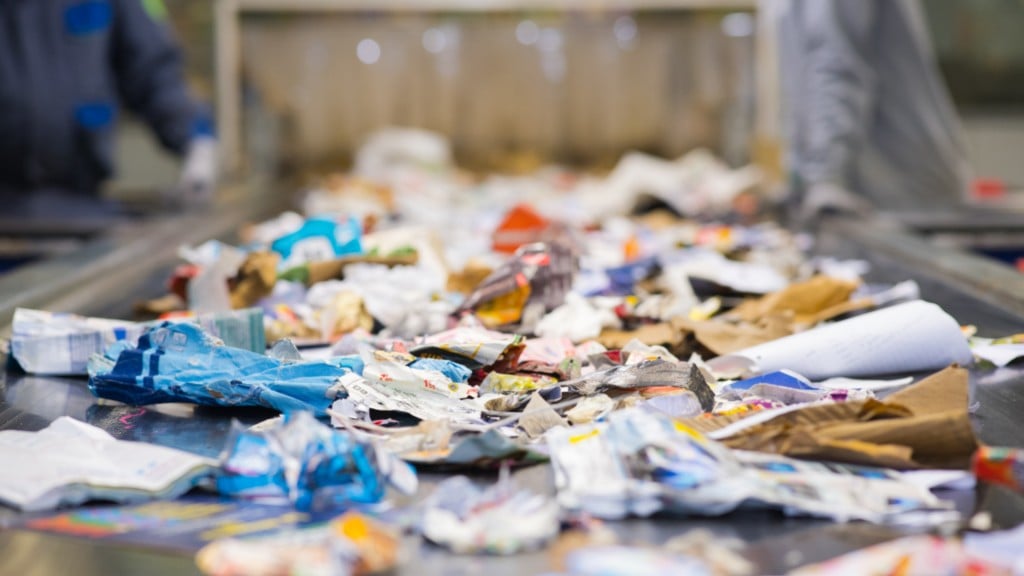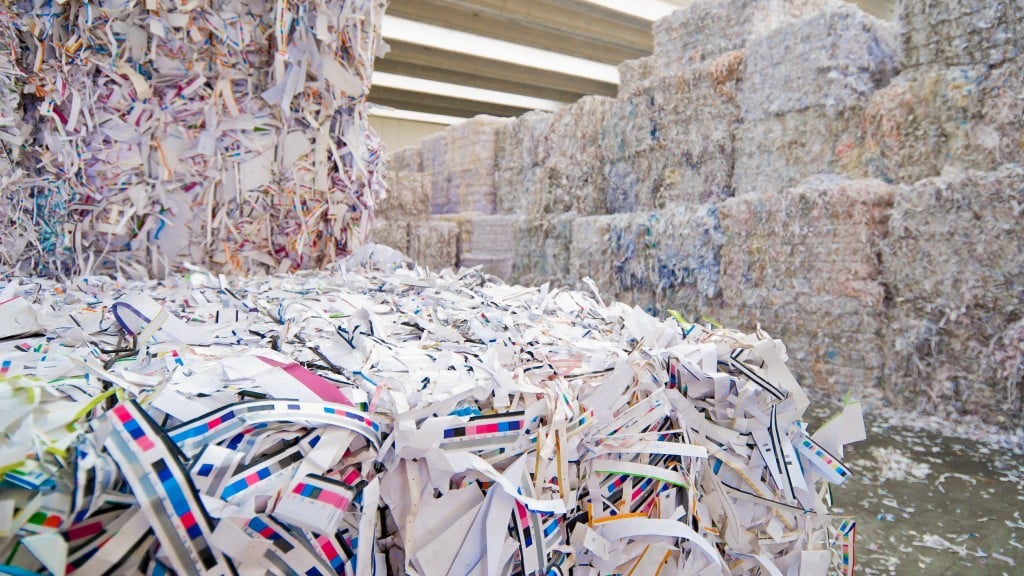
Statistics Canada has released the results of its biennial Waste Management Survey, containing waste diversion data for 2022. PPEC's latest blog breaks down the stats and discusses the importance of recycling data.
The new data shows that Canadian households and businesses diverted 9,898,882 tonnes of waste in 2022, and of the total amount diverted, 3,571,384 tonnes were paper fibres, which includes newsprint, cardboard and boxboard, and mixed paper.
Paper fibres represent the majority of materials diverted, with 36% of total waste diverted from Canadian landfills in 2022.
The next largest category of diverted materials, at 31%, are organic materials, which include food waste, yard waste, and other organics such as wood and agricultural materials. The 2022 survey represents the first time Canada's statistics agency has published a breakdown of composted organic material by category, with the majority of organic material, 52% or 1.6 million tonnes, being reported as food waste.
Digging deeper into the paper data, of the 3.57 million total tonnes of fibre diverted in Canada in 2022, 40% was diverted through residential sources (ie. Blue Box-type residential packaging recycling programs), while the remaining 60% was diverted through non-residential sources (ie. Industrial Commercial and Institutional (IC&I) sector).
Below is a full breakdown of paper fibre diversion by province and source, with the two most populous provinces - Ontario and Quebec which together represent over 60% of Canada's total population - diverting the most paper fibre from both residential and IC&I sources, at 70% of the total tonnes diverted (2,484,179 / 3,571,384).
|



